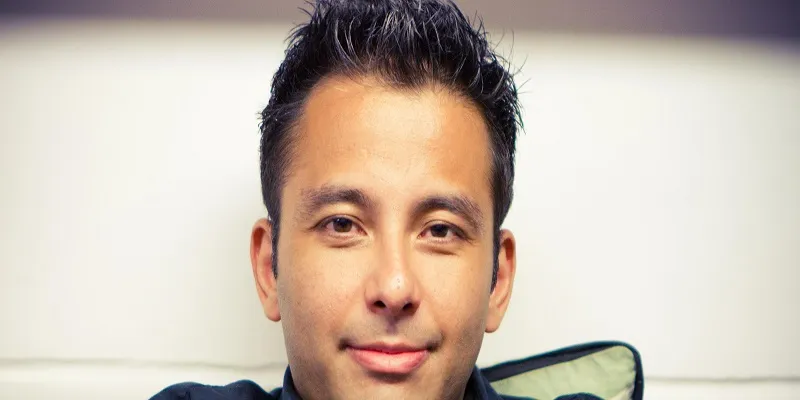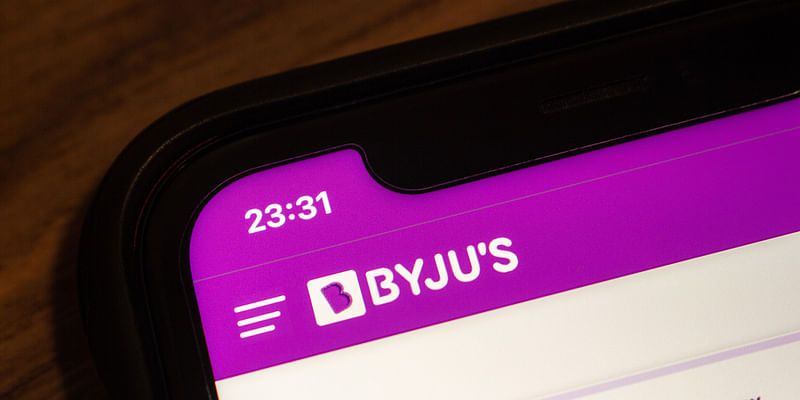Why this Kola Veri Di? The story of how one of India’s earliest digital houses was built
It all started with a call at midnight. Sony Music South was being alerted that a movie track had been leaked. It was too late to prevent the leak, so the movie producers and Sony Music needed a new viral strategy. Jack in the Box Wordwide, the agency in charge of the strategy, decided to create an ‘official version’ of the song and released it in 24 hours.
The agency called in the complete might of their digital team and the film’s primary crew and their release of Kolaveri Di became an overnight sensation. In 45 days, it became one of the world’s most downloaded and viewed tracks for 2011.
Jack in the Box, the social media arm of The 120 media Collective, was only three months old at the time. “We did a few things smartly to take it to a particular point, but then, the rest was out of our control. If I look back, it would be impossible to do this today; we spent no money and the organic reach of Facebook was close to 20 per cent,” says Roopak Saluja, 40, Founder and CEO of The 120 media Collective.

Coming a whole circle
Today a full-fledged integrated marketing agency with a focus on the digital space, The 120 Media Collective has witnessed several pivots, changes and ups and downs in its journey. For Roopak, the son of a diplomat, the idea of building an agency or entering the space of advertising may have seemed an unusual career choice, given his limited exposure to the field when growing up.
A DJ, and an international citizen in his own right, Roopak completed his MBA at INSEAD after a stint with advertising agencies like Young & Rubicam, Budapest and Ogilvy & Mather, Paris. Before long, he realised that he needed to do something of his own.
“2004 was a big year. India had started receiving a lot of global attention. As an Indian who had lived outside the country for most of my life, I suddenly became conscious that India was being referred to in the same breath as China,” adds Roopak.
However, it was Mumbai that really redefined Roopak’s ideas about urban India. The energy in the city was bustling and he found a particular charm in the chaos. He knew he had to return to Mumbai and begin something. In 2006, he founded Bang Bang Films, a commercial production company, with three others; his co-founders have since moved on to other ventures.
Breaking the barriers
Roopak, who noticed that advertising and production worked in a very closed circuit in the country, says that founding Bang Bang Films was the perfect Segue into media and entertainment for someone like him who had an advertising background.
The market was and still is dominated by director-centric production companies, which meant that the filmmaker was not just the filmmaker but a de-facto production guy who made business decisions. Roopak says that although there was no dearth of creativity, there was no transparency.
Citing an example, he says that if someone asked for a quote from a production company, they got a consolidated number like Rs 72, 00,000; there was no break up or justification. What was even more surprising, he adds, was that agencies would accept this as the norm.
Creating different wings
Roopak decided to do things differently. “We started providing enormous amounts of details that nobody else was providing; clients began lapping this up. We operated with a heightened level of professionalism and brought in international talent. This was by default as we did not know any good Indian directors who would sign up with us,” he says.
In four years, Bang Bang Films became one of the largest production houses in the country. But first, they had to build credibility as an agency. Their first breakthrough was the Nokia ad they did with Priyanka Chopra in late 2009 and early 2010. Soon, clients they had been chasing were approaching them. “It was not easy. We were outsiders, but once we built credibility, it couldn’t be taken away,” adds Roopak.
Not content with focussing on only one aspect of production, Roopak decided to ride the digital wave that was beginning in 2008, and diversify into the content space. “We realised that for optimal results in digital media, we needed to have strategy, creation, and production under one roof. We had to evolve from just an execution-based company to a thinking and doing company,” he says.
The team also realised that it wasn’t enough to just create the content, they needed to be focussed on disseminating and distributing it and creating engagement. Their first integrated marketing campaign was for Puma. Soon, other clients came on board and then the Kolaveri video happened.
Chaffing off the unnecessary
However, the team realised that even this wasn’t proving a lucrative enough business model. Roopak says that they were being bled financially. “We weren’t a bunch of 20-year -olds running the show. The company was larger with overheads and cost structures, “he says. The team realised that retainers of Rs one or two lakh didn’t work.
They decided to add media buying capabilities for the digital space, in addition to tech development to ensure that they could build strong digital brands with the aid of technology. Roopak says that today Jack in the Box is one of the leading integrated digital agencies in the country. The team claims they now make a revenue of 60 crores every year.
An unusual decision they made was downsizing their client base to seven from 27. The reason was to ensure that those who remained understood the relevance of digital media and were willing to partner with them in the long run. He says that there are many companies in the digital space whose roots are in social media that evolve into digital agencies.
“However, there is a gap in understanding. There needs to be a strong understanding of brands and their offerings as well,” says Roopak. He adds that building an integrated digital media space means understanding the core dynamics of the business and evolving content marketing plans.
Adding verticals and more stars to the badge
By 2013, the team had realised that content was their key differentiator. However, they wanted to be considered a credible content player and not fall into the agency trap by restricting themselves to brands.
They began co-producing Tara Sharma Saluja’s show, and started building content teams that generated non-brand focussed stories. Today, Roopak’s company has multiple verticals that function under the parent company – The 120 Media Collective that focusses on content for television, print, online and mobile for brands or their own IP.
These include Bang Bang Films, which is into production, Jack-in-the Box that focusses on integrated marketing and Sniper and Sooperfly that were created in 2015. The 120 Media Collective got in an external investment from Calista Capital. This helped expand and building processes in place
Killing to make way for the new
Roopak says, “Today, Bang Bang Films has grown into a premium production brand, which unfortunately can be viewed as expensive and also sometimes inflexible. As brands start to produce 100s of video content other than TV commercials, there has to be a different production approach. I felt that Bang Bang would soon lose its value. This gave birth to Sniper.”
They fused the big budget TV commercials and the smaller budget video content to make something lean, agile and amplified. It meant making something across platforms, which was lean and could be amplified beyond the regular paid media channels.
“We haven’t killed Bang Bang; it’s become a brand for international production services shooting in India,” says Roopak. With Sniper, the team talks to the brands directly and opens the horizon for the team.
In 2015, they created another brand Sooperfly to help cope with the exolving scope of distribution. It works as a multi-channel network, which works with people and creators to manage their content on digital video platforms. Since April, the team managed 75 channels, which they hope to expand to 200 by the end of March 2016.
Roopak and his team also work for brands and publishers to build audiences for them on digital video platforms. “We are also creating original content. We view this as building content brands, thereby creating and building audiences. In nine years, we have managed to create engagement through content, without disrupting it. Now, instead of distributing on third-party platforms, we will be distributing our own content on our own platforms,” says Roopak.
Brands today directly approach content creators like the AIBs of the world to create content and help engage with their audiences. Roopak believes that Sooperfly is working towards that model. But digital media is not growing at the expense of the traditional forms of media, it is about what audiences you’re choosing to speak to. The team claims that The 120 Media Collective made a cumulative revenue of 60 crores last fiscal year.









